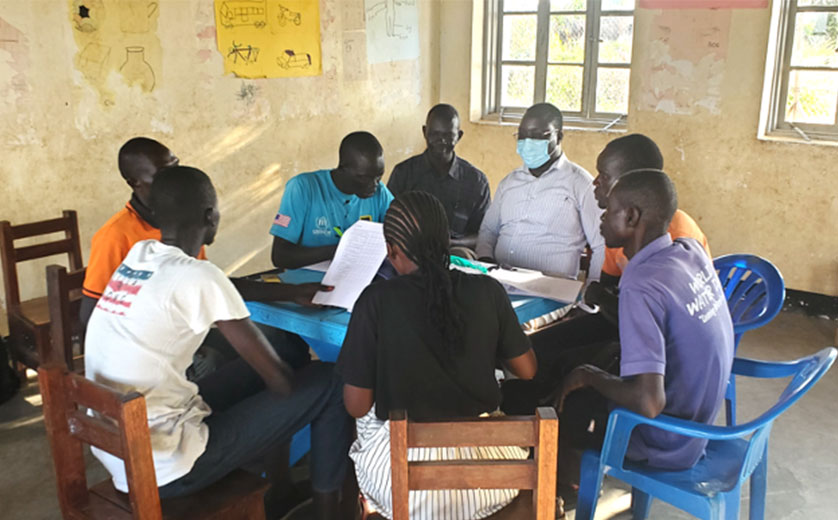A recent study has highlighted a concerning lack of viral load suppression (VLS) among refugee youth living in refugee settlements in Uganda. Viral load suppression is considered pivotal in the endeavor to end the HIV/AIDS pandemic, as individuals with suppressed viral load can live long healthy lives and cannot sexually transmit the disease. However, young people lag in this important metric, and some groups are particularly overlooked.
A particularly overlooked group is refugee adolescents and youth, who have been largely neglected in research. This vulnerable population faces unique challenges, including high rates of trauma-related mental health issues, sexual violence, engagement in risky behaviors like substance use, and limited knowledge of HIV. These intersecting factors can impede their adherence to antiretroviral therapy (ART), ultimately affecting their ability to achieve viral load suppression.
A research team from the International Center for Child Health and Development (ICHAD), led by Nhial Tutlam, assistant professor at the Brown School, conducted a study to understand factors around access to and utilization of HIV treatment and adherence to treatment, trauma-associated disorders, psychological functioning, and sexual decision-making. The findings will enhance researchers’ understanding of the dual public health threats of HIV and mental health among vulnerable refugee youth in Uganda.
“Despite the recognized importance of viral load monitoring in controlling the HIV/AIDS pandemic, to the best of our knowledge, our study is the first to examine viral load suppression among refugee adolescents and youth in Sub-Saharan Africa,” Tutlam explained.
The study, funded by the National Institutes of Health (NIH) and Washington University’s Global Center and the McDonnell International Academy, recruited 180 refugee youth from 20 health centers in three refugee settlements (Bidibidi, Imvepi, and Rhino Camp) located in the West Nile region of Uganda.
The study findings published in AIDS and Behavior journal reveal a very low level of viral load suppression of just 52% among refugee youth in Uganda. This rate is far below the 95-95-95 targets set by UNAIDS, where 95% of people living with HIV should know their status, 95% of those who know their status should be on ART, and 95% of the people on treatment should be virally suppressed. Moreover, this viral load suppression level is significantly lower than the 62% viral suppression among Ugandan adolescents and youth. It is also far below the 72% and 57% viral suppression among adult refugees living in refugee settlements in Uganda and Kenya, respectively.
Additionally, the study identified several important factors associated with viral load suppression. Specifically, the study found that refugee youth with any financial savings were three times more likely to be virally suppressed. Crucially, the study found that insufficient food in refugee camps, due to substantial cuts in food rations—which have been reduced by up to 70% in the last two years—has made adherence to powerful HIV medications that require adequate food intake challenging. The study also found that disclosure of HIV status to participants was associated with 89% higher odds of viral load suppression.
Interestingly, the study found that treatment support from extended family members, such as uncles, aunties, and grandparents, did not significantly impact viral load suppression, a finding, which differs from studies conducted in more stable communities. The findings potentially uncover unique and important factors among refugees that call for further studies focused on family dynamics of support and coping among refugees in humanitarian settings.
“The findings of this study highlight the urgent need for tailored interventions addressing the complex factors influencing viral load suppression, including economic instability, social support networks, stigma, and age-related challenges,” Tutlam said. “Notably, financial empowerment emerged as a key facilitator of VLS, emphasizing the importance of addressing socioeconomic barriers to HIV treatment adherence,” he added.
